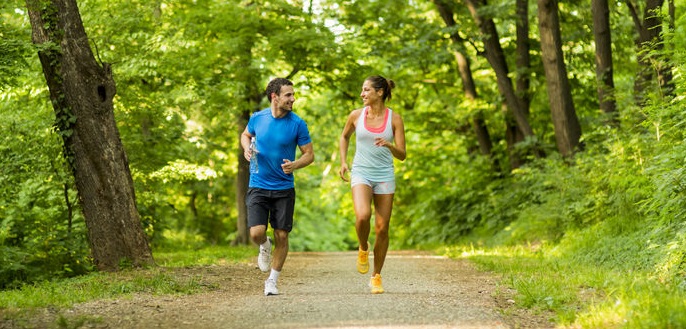
Do you have a 2020 running resolution?
Here at NUmoves we love to support people to get active, exercise and stay healthy. If your 2020 goal is to get started on a running routine, we have a few simple tips to make it easy to keep on track and injury free!
- Setup for success – If you have not run for a long time, you will need to use an interval training (run-walk-run-walk) program condition your leg muscles before you can do longer runs. It is better to run at your natural pace and then walk for a short rest than to try and run very slowly. Here is an example of an interval program that should be tailored to your previous running experience and amount of time off.
| Interval Program – Novice Runners (not first timers) – For return to run after 3-12 month break. | |||||
| Weeks | Time | Run | Walk | 1st Week | 2nd Week |
| 1-2 | 15 mins | 60secs | 60secs | 2 runs | 3 runs |
| 2-3 | 20 mins | 120secs | 60secs | 2 runs | 3 runs |
| 4-6 | 25mins | 120secs | 60secs | 2 runs | 3 runs |
| 7-8 | 25 mins | 5mins | 60secs | 2 runs | 3 runs |
- Cross train – you can improve your cardiovascular fitness with other forms of exercise, cycling, rowing, swimming and HIIT classes are all great options if the running legs are feeling a bit overdone. A running specific strengthening program can work wonders to improve your running performance and reduce the risk of injury, which leads to the next tip…
- Listen to your body – most people will know when they are doing too much too soon, muscles feeling fatigued, tight, sore etc. Ignore the signs at your peril.
- Remember your goals! – Rome wasn’t built in a day. For long term success, take your time to get there and you will be much more likely to smash your running goals.
- Make it fun – listen to music, run your local trails, run with friends, take the dog, every time you complete a run give yourself a pat on the back, you are one step closer to being your best self.

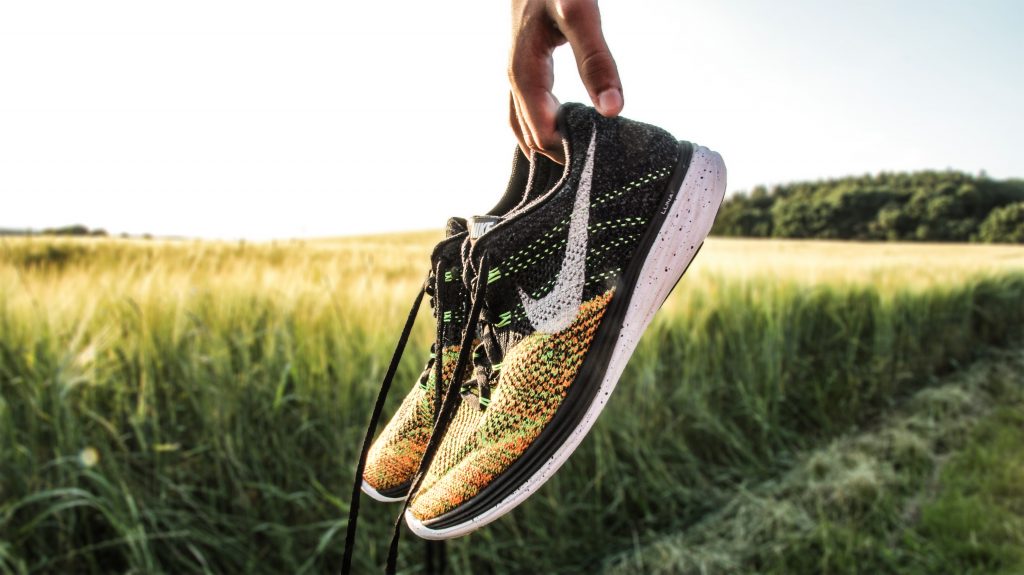
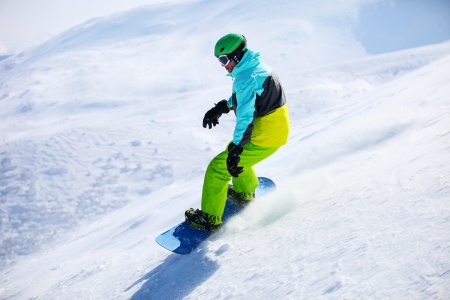
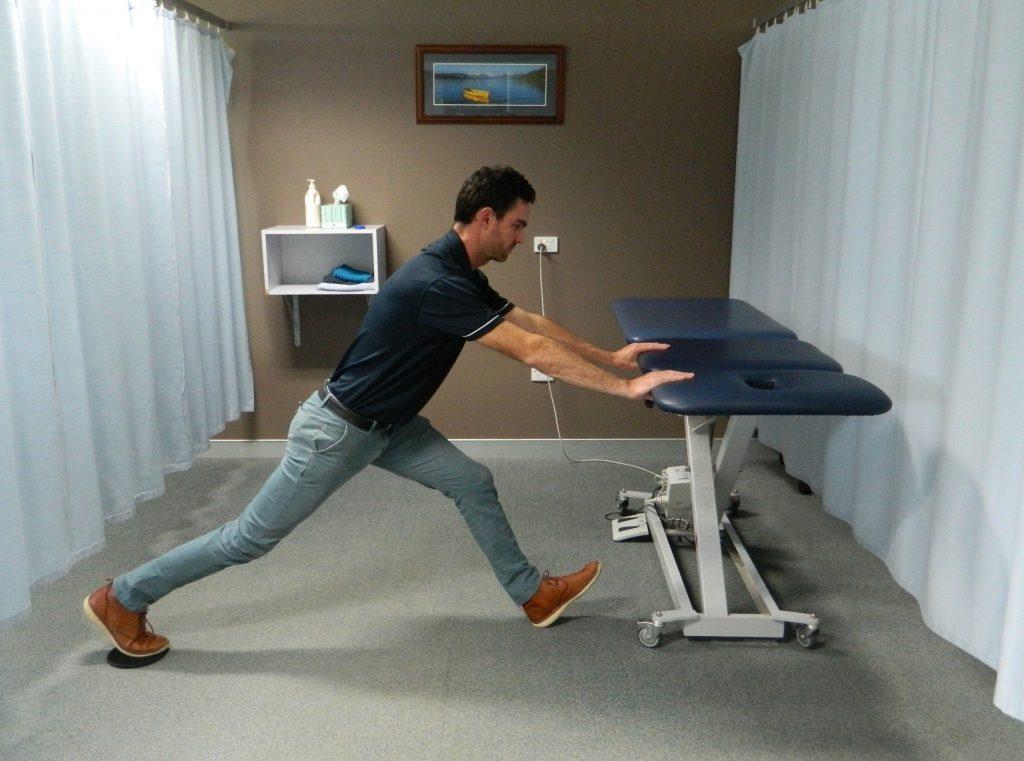
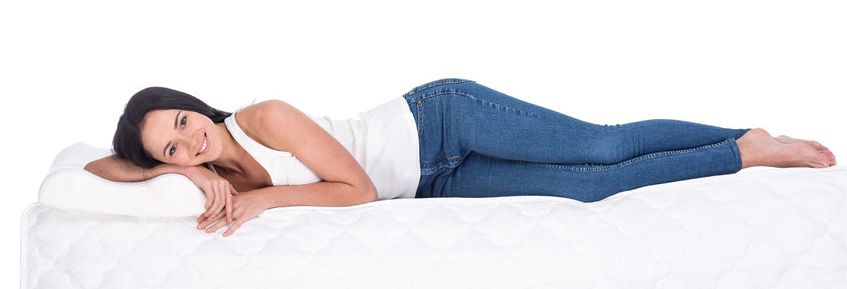 How do you know if your bed mattress is contributing to your back pain?
How do you know if your bed mattress is contributing to your back pain?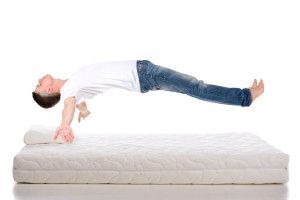 A mattress with poor support allows your spine to rest in an abnormal position and alters stress on the discs, joints and soft tissue in and around the spine. This can cause pain and stiffness. Identifying if the mattress is a contributing factor for a back problem is an important step in overcoming the problem.
A mattress with poor support allows your spine to rest in an abnormal position and alters stress on the discs, joints and soft tissue in and around the spine. This can cause pain and stiffness. Identifying if the mattress is a contributing factor for a back problem is an important step in overcoming the problem.